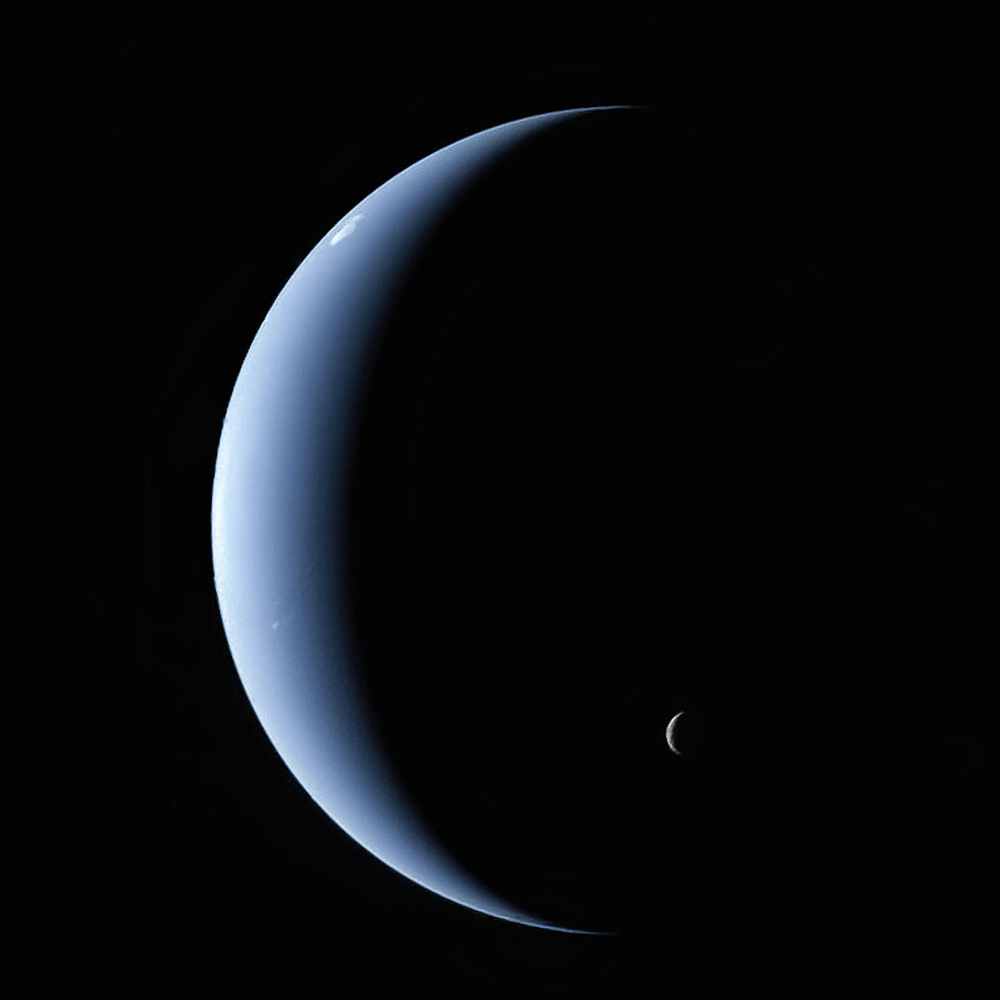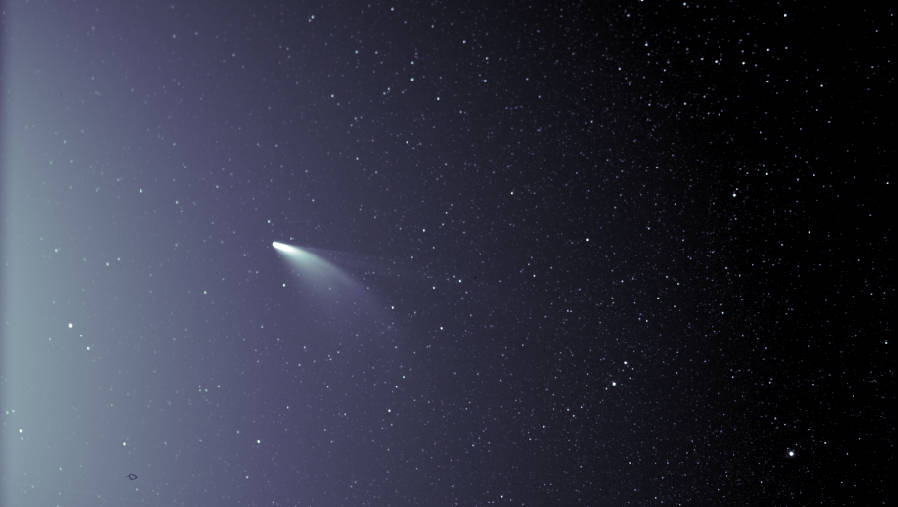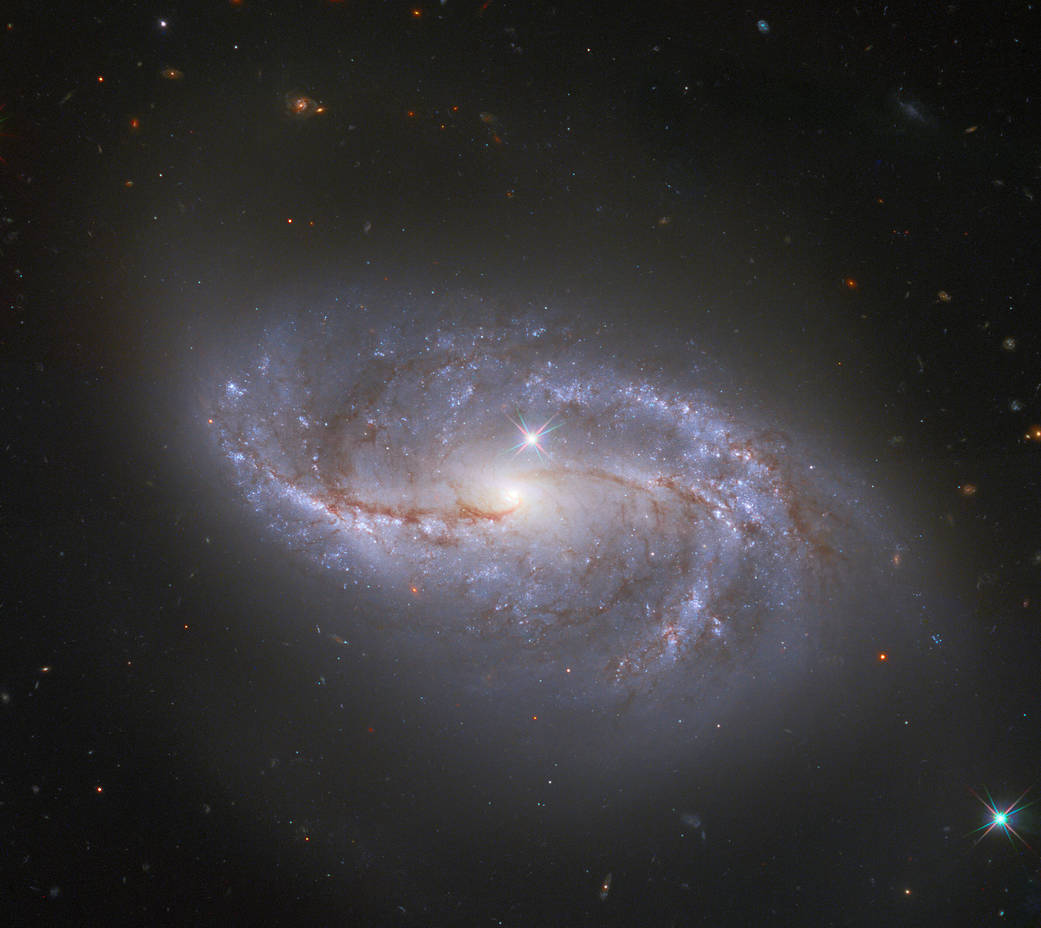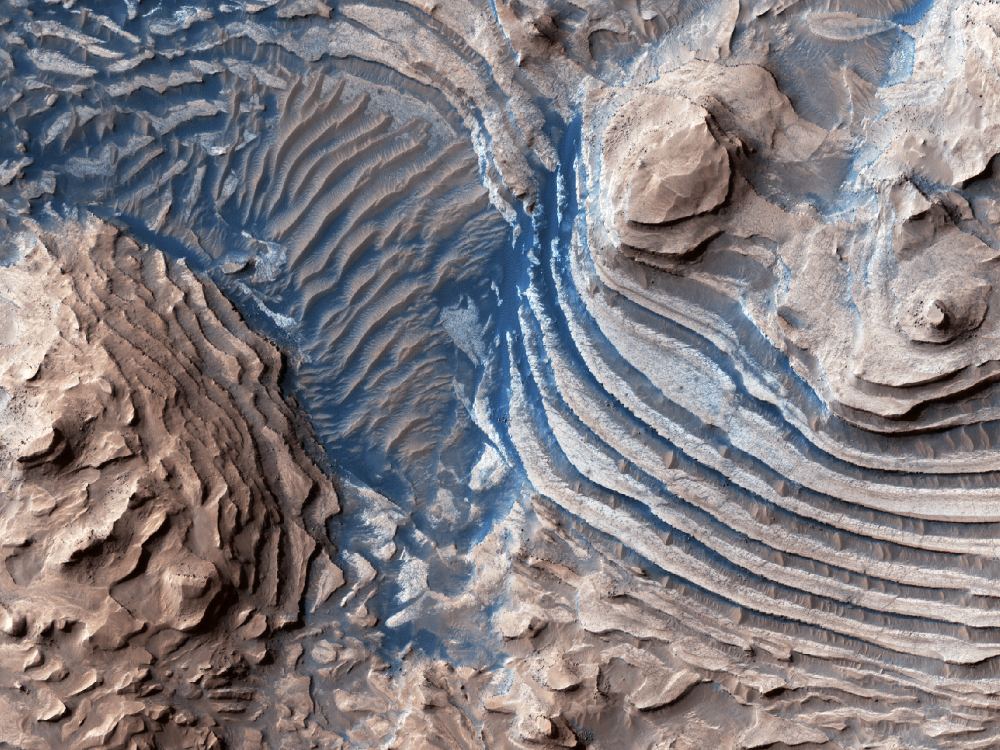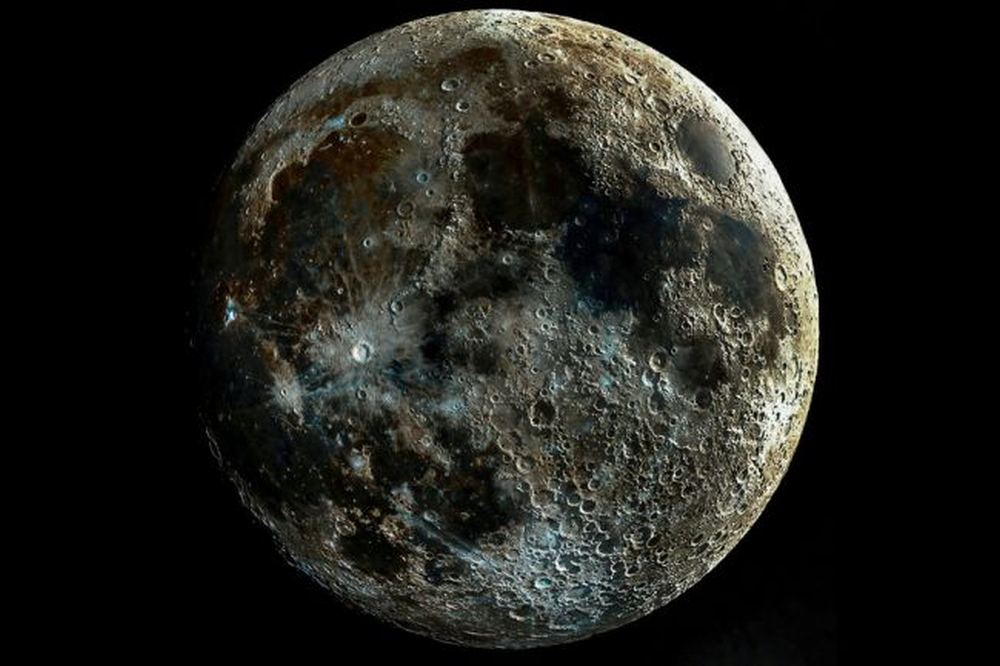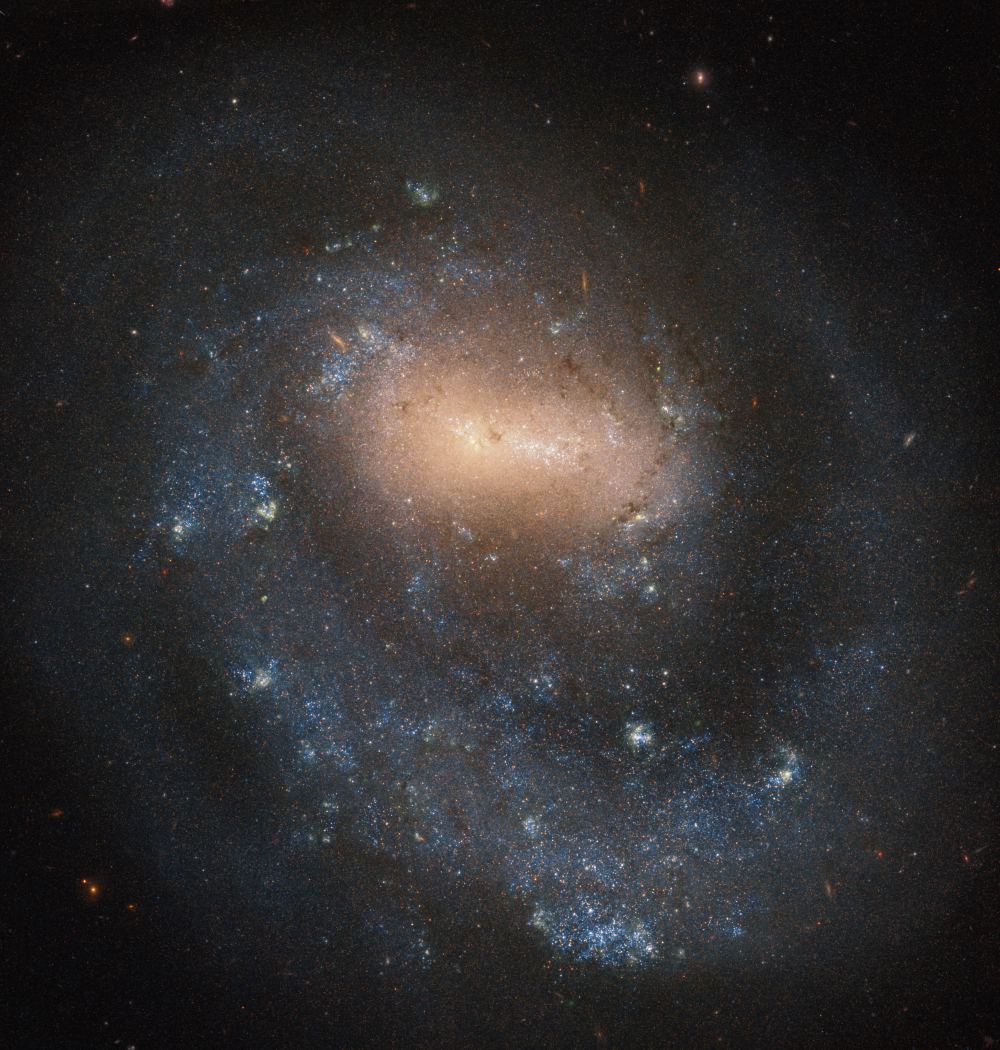Image-processor extraordinaire Kevin Gill has reached back in time to give us a new image of Neptune and its moon Triton.
When NASA’s Voyager 2 spacecraft flew past Neptune and Triton in August 1989, its cameras were very busy. Kevin has taken separate color-filtered images from that visit and calibrated and combined them to give us a new, almost haunting look at the planet and its largest moon.
Continue reading “Neptune & Triton – August 31, 1989.”
